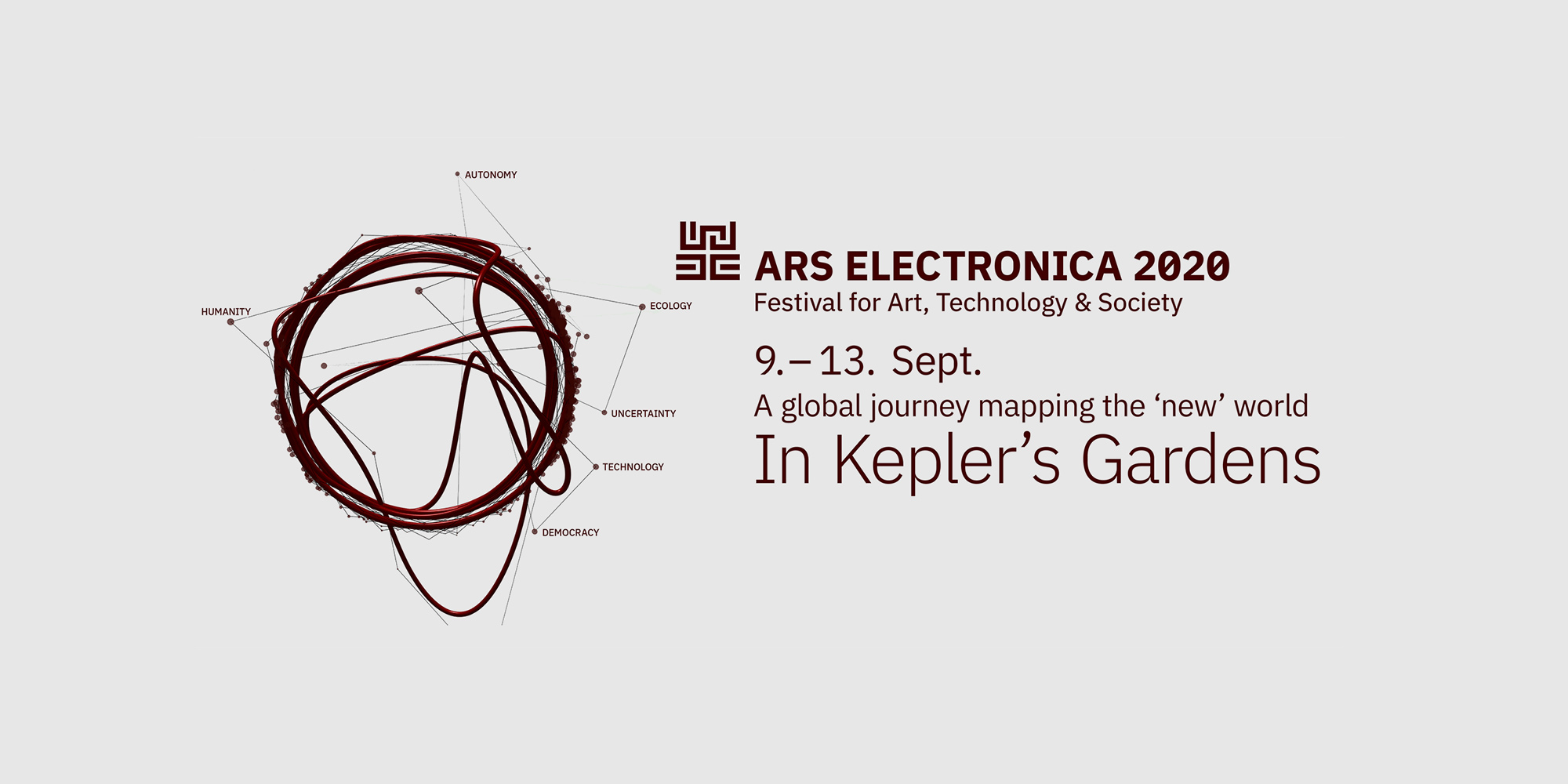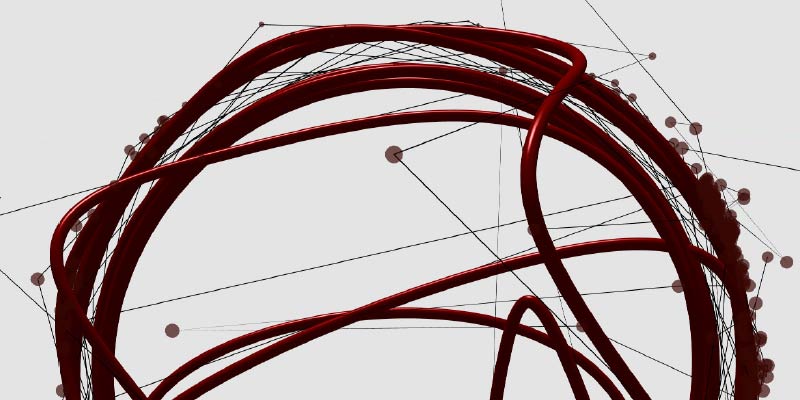STARTS Exhibition
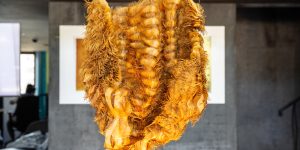
STARTS Prize Exhibition Tour
The annual STARTS Prize Exhibition presents a selection of current best practice examples at the intersection of science, technology and the arts. Kristina Maurer and Karla Spiluttini take the viewers on a journey through this year’s exhibited projects in Kepler’s Garden. From circular economy to the relationship between ecology and technology, through digital humanism and empathic approaches to artificial intelligence, the exhibition shows the outstanding diversity of artistic practice in the STARTS field.
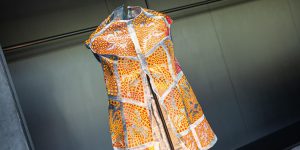
Re-Textiles 3D
Ganit Goldstein (IL)
The Re-Textiles 3D project aims to develop a new production system for the fashion industry based on a specific body scan using the latest depth-camera technology. The project investigates digital measurement systems that can determine the exact sizes of specific people without any human touch. The project uses recycled filament made from 100% water bottle waste in a FDM 3D printing process, which transforms production towards a circular economy and sustainable systems.

aqua_forensic - Underwater Interception of Biotweaking in Aquatocene
Robertina Šebjanič (SI), Gjino Šutić (HR)
aqua_forensic illuminates the invisible anthropogenic pharmaceutical pollutants—residues of human consumption. The project combines art/science/citizen science in a “hunt for a monster” and opens the discussion about our solidarity and empathy with waters beyond human perception.
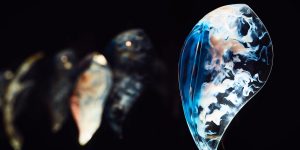
Hybrid Living Materials
The Mediated Matter Group (INT)
Hybrid Living Materials (HLMs) point to an exciting future for designers at the intersection of biology and technology—the grown and the made—to deliver products that are customized to a particular shape, as well as a specific material, chemical, and even genetic make-up.
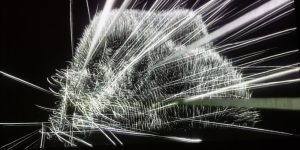
Topographie Digitale
DataPaulette (FR)
Topographie Digitale is an interactive installation. This landscape uses electrically functionalized and pleated textiles as sensitive surfaces reacting to touch to interact with a video-projected digital clone of this scenery.
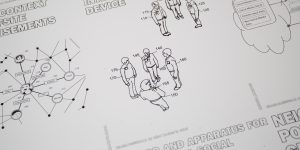
Sociality
Paolo Cirio (IT)
This artwork documented over twenty-thousand patents of socially manipulative information technology. In Sociality, Cirio collected and rated Internet inventions submitted to the U.S. patent office. Subsequently, he invited the public to share, flag, and ban the technologies designed to monitor and manipulate social behaviors.
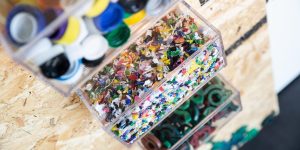
plasticpreneur
doing circular (AT)
The Austrian social & environmental start-up plasticpreneur by doing circular develops, produces and sells simple mobile plastics recycling machines and teaches social entrepreneurship skills that can be used to transform plastic waste into new products.
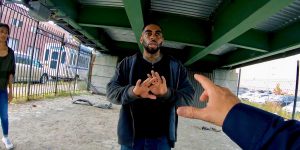
Perception iO
Karen Palmer (GB)
Perception iO (Input Output) is the future of Law Enforcement. An Artificial Intelligence data set emotionally responsive to the participant and potentially their bias.
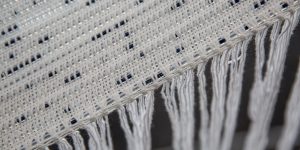
c o m p u t e r 1. 0
Julian Goldman (US), Victoria Manganiello (US) aka SOFT MONITOR
Full or empty; color or clear; zero or one; under or over – c o m p u t e r 1.0 imagines a display for the future, by looking at displays from our past. Artists Julian Goldman and Victoria Manganiello create a large-scale textile woven by hand using hollow polymer tubing and natural fiber thread. A patterned series of colored liquid/oil/air pixels will be pumped into the tubes in a sequence dictated by data from adjacent motion sensors and a series of computer-controlled valves, air compressors, and pumps. This textile will function as a lo-fi computer display, made with ancient natural materials and techniques juxtaposed with contemporary digital technologies.
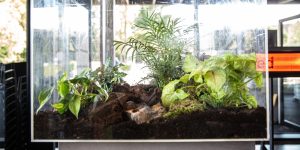
EDEN – Ethics - Durability - Ecology - Nature
Olga Kisseleva (RU)
The project EDEN Ethics - Durability - Ecology – Nature touches on a range of issues, including the protection of endangered plant species and interspecific communication between living subjects that are placed in the “inhuman”category.
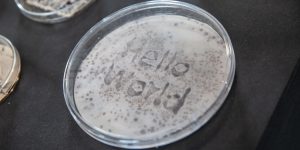
Design by Decay, Decay by Design
Andrea Ling (CA)
Design by Decay, Decay by Design is a series of artifacts that exhibit designed decay. They were done for the 2019 Ginkgo Bioworks Creative Residency on how to design a world without waste. As an architect and artist, I recognize that most of what I create goes to landfill. If that is the case, let me design waste that I can live with, garbage that retains some desirability as it degrades in sight and on site. Let me design waste as nature designs it, not only as the product of breakdown and destruction but also as input for renewal and construction.
